
Travel Safety in Iceland


How safe is it to travel in Iceland? Are the Icelandic roads dangerous? Is Reykjavík a safe city? What about the other towns? Read ahead to learn all you need to know about safe travel in Iceland.
- Learn about Travel Etiquette in Iceland
- Read our guide on How to Drive Safely in Iceland
This year, for the eleventh year running, the Global Peace Index ranked Iceland the safest country in the world, and Reykjavík, by almost all measures, is consistently ranked one of the top twenty safest capital cities.
Over 90% of Icelanders agree that their country is a safe travel destination, and with some of the world’s lowest crime and murder rates for a sovereign state, it is little wonder why.
Even with these promising rankings and rates, however, those coming to Iceland still need to do some preparation and research to ensure that they do not become an outlying statistic.
Reykjavík, as peaceful as it may be, is still a capital city with social problems like any other, and violent crime, as rare as it is, does still occur.

The biggest safety issues those travelling to Iceland should consider, however, do not concern its people, but its nature. The weather is unpredictable and ever-changing; the landscapes are harsh and unforgiving for those unprepared; and events such as landslides, floods and avalanches do need to be thought about if you are travelling to Highland locations.
Drivers coming to the country also need to take extra precautions when it comes to safe travel in Iceland. Though the roads are well-maintained, they are often icy, even in summer; some are made of gravel or else are very uneven; and many are far-flung and will take hours for rescue services to reach should something go awry.
With just a little prior knowledge and general common sense, however, a trip to Iceland can be enjoyed with minimal worries about keeping yourself safe. Whether in the city or out in nature, following a few tips can ensure you and your family return home with your health (and all the possessions you left with).
Safe Travel in the Cities
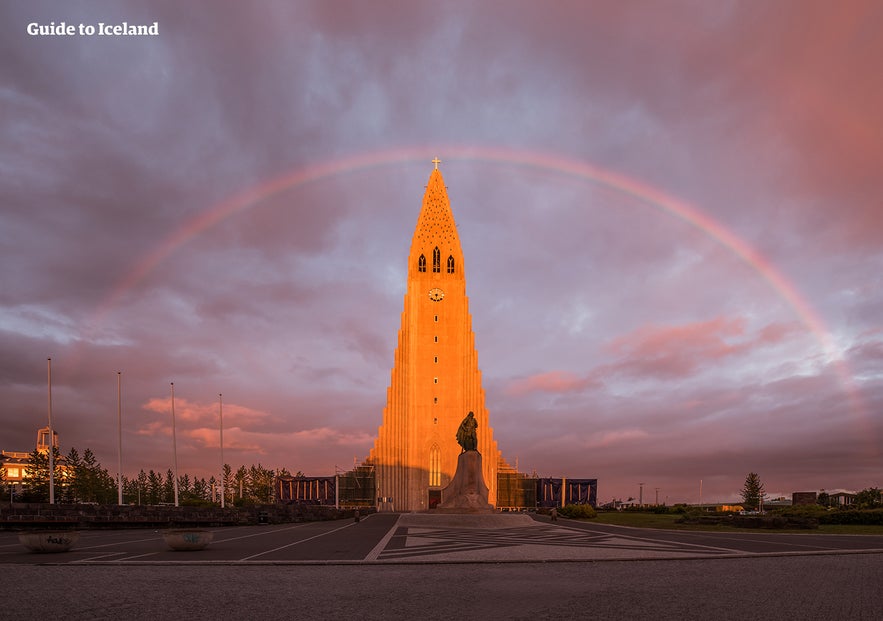
Iceland only has one true city, Reykjavík, and with just over 120,000 people, it is quite a small one. As such, it avoids many of the safety concerns associated with travelling to larger capitals, most notably terrorism. Iceland is not a target for outside terror groups, and while there are extreme fringe groups like a National Front domestically, they are tiny, marginalised, and with few resources.
Reykjavík’s small size has other benefits. Though the area of Breiðholt is often playfully nicknamed ‘the ghetto’, it is by no means as economically deprived as true ghettos in other cities and is perfectly safe to walk through, even at night. In fact, there is no area known for being more dangerous than any other, apart from, of course, the central downtown area.
This is simply because this part of the city is the epicentre of its bustling nightlife, and Iceland does have quite a popular drinking culture. While most Icelanders and visitors are no doubt lovely people, drinking can have an effect on people and thus in the early hours, particularly on weekends, things can get a little rowdy.
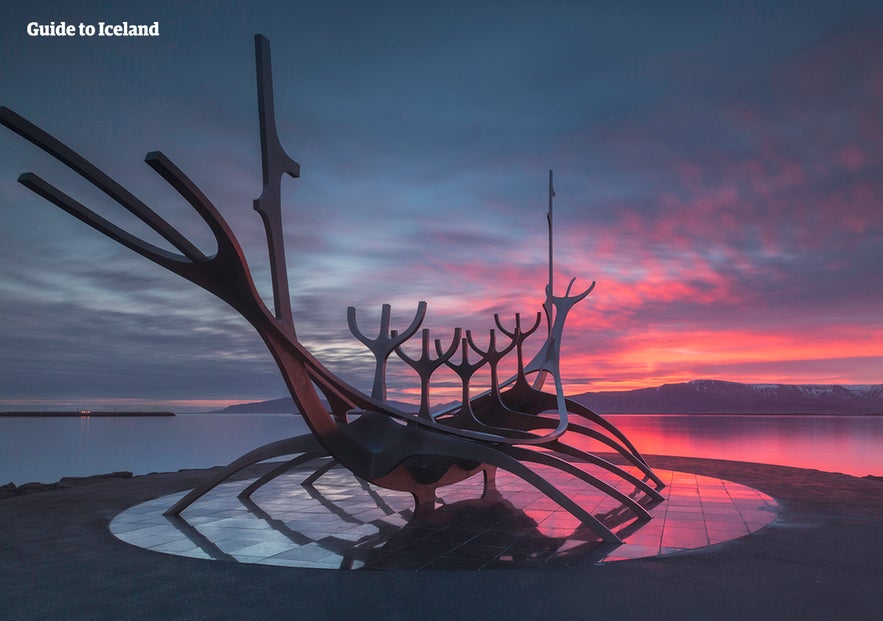
As such, you should take the precautions you would anywhere else when going out on the town, such as drinking responsibly, having a charged phone, knowing where you can get a taxi and treating others with respect.
While a drunken brawl or mugging may happen on rare occasions, such non-sexual violent crime rarely escalates further. Only 0.3 of 100,000 people in Iceland a year are murdered, which is ten times lower than the European average.
When out and about in Reykjavík, people of colour and people with queer identities need not take any extra precautions to protect their safety. Iceland is a country that celebrates diversity and the vast majority of its people look at bigotry with disgust. Any discrimination that is reported, either to staff at a venue or in more serious cases the police, will be acted on swiftly.
- See also: Gay Iceland | All You Need To Know
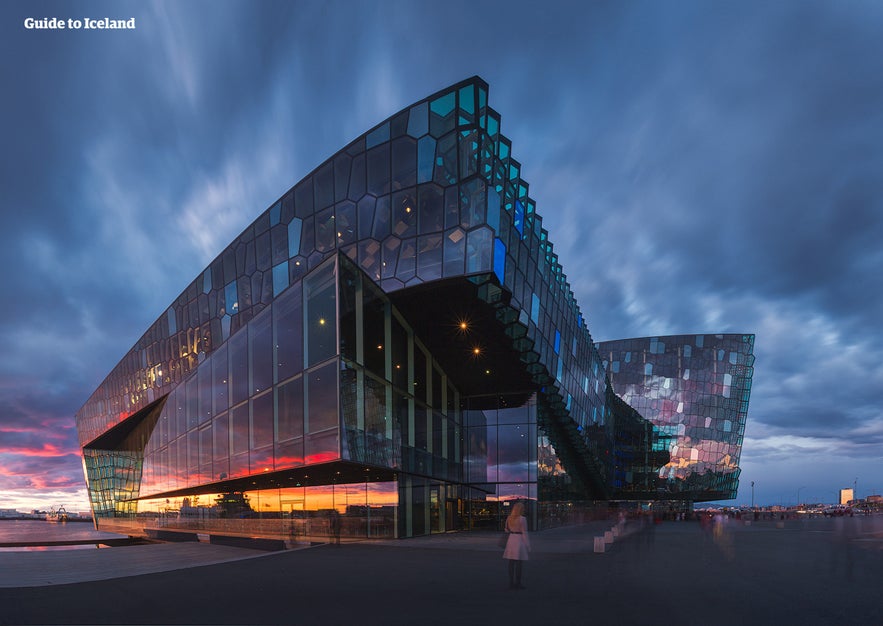
As sad as it is, women are more likely to be the victims of certain kinds of crime than men. While this is the case all over, Iceland is widely considered to be the world’s most gender equal country, and women who feel threatened will find that staff at bars, restaurants and so on, and the vast majority of the general public, can be relied on to make an uncomfortable situation safer.
As such, many women find Iceland a great place to come as a solo traveller or in small groups, as the threats they face based off of their sex are usually far smaller than even in their hometowns.
Approximately 22 out of every 100,000 people in Iceland are raped every year, which, in spite of being 22 higher than it should ever be, is relatively low for a country where more and more victims are reporting their crimes. Comparatively, there are 62 victims out of every 100,000 in the UK, and the incidents that are not reported are presumed to be much, much higher.
As a final note of safe travel in Reykjavík, there are no areas where you need to fear pickpockets. In fact, you will find your possessions remarkably safe here compared to other capitals; if you leave your phone or bag at a bar, it is far more likely that it will be handed in than stolen.
- See also: Reykjavik Guide
Safety of Children

Historically, Icelanders lived in turf houses, built into the earth. These places were very unhealthy, being damp and smokey, and it was thus commonplace to leave babies outside the home to give them fresh air.
It is a testament to Iceland’s safety that this tradition has continued into the modern age. It is commonplace to see babies in their prams outside of front doors or in back gardens, with their parents inside, keeping an eye on them from a window.
While this may seem strange, even irresponsible, to outsiders, child abduction is basically unheard in Iceland. You can travel here, therefore, in good knowledge that your family is safe so long as you take minimal extra precautions.
One thing to note regarding safe travel in Iceland with children is that age limits on tours are there for a reason, and not up for interpretation. There are a wealth of family friendly activities on offer without or with very low age limits, so ensure you stick to these.
Safe Travel on the Roads

Those driving around Iceland need to take extra precautions to ensure their safety throughout their holiday. It is recommended that only those very comfortable behind the wheel rent a car, as conditions on the roads can be more challenging than in most other countries.
The main roads, such as Route 1 which encircles the country and the roads connecting the sites of the Golden Circle, are well-maintained and can easily be driven in a normal car in summer or four-wheel-drive in winter. Many of Iceland’s sites, however, are found along pot-holed or gravel roads, and should only be driven in a four-wheel-drive.
In winter, four-wheel-drive cars should be rented even for simple city driving. These vehicles are also required for driving the F-Roads, which go into the Highlands and are only accessible in summer. It is absolutely imperative that if a road is closed (due to the season or any other reason), that you do not attempt to drive it.

Not only are you putting yourself and your passengers in grave danger, but you are also risking the safety of the rescue teams who will inevitably have to come and help you.
Something that must be noted is that even in summer, many roads, particularly mountain passes, can be icy and be vulnerable to snowstorms seemingly out of the blue. It is thus vital that you have a charged phone and emergency contact numbers, are aware of the weather forecast, and are confident in taking the journey you are embarking on.
Something that goes without saying is that you must stick to the roads at all time. Off-road driving is very dangerous, threatens Iceland’s delicate nature and comes with enormous fines if you are caught.
An excellent way to safely travel around Iceland is by bus. Drivers are used to the conditions and can get you around Reykjavík and places further afield without trouble. Hitchhiking is also popular and relatively safe in summer, but of course, this comes with its own risks (mainly not being picked up and having to look for a place to sleep).
- See also: The Ultimate Guide to Driving in Iceland
Safe Travel in the Nature
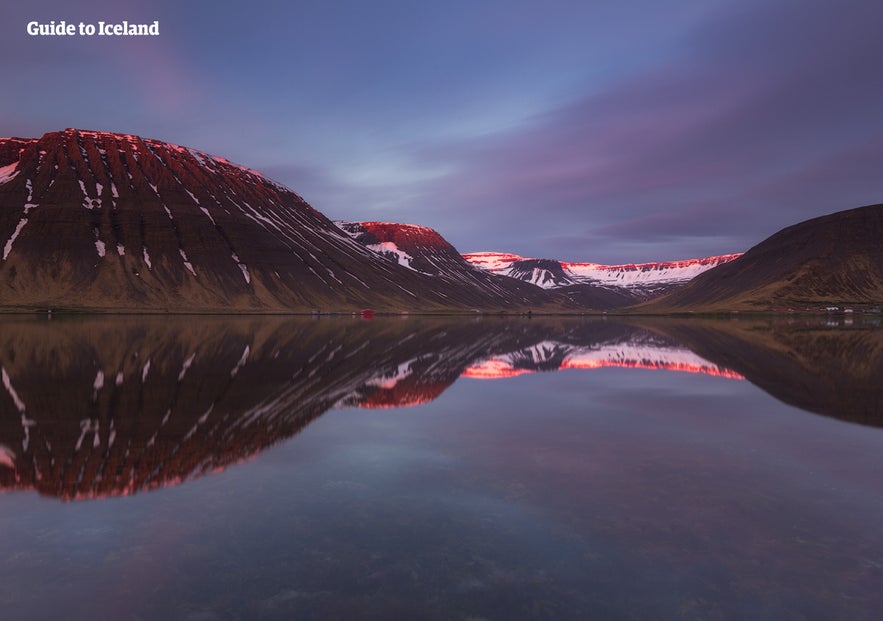
Iceland’s nature is what the vast majority of its guests come here for, so while exploring its depths and marvelling over its beauty, the last thing you want to be worried about is keeping yourself safe. Luckily, there are some simple ways to ensure you can have fun without coming to any unexpected harm.
The first of these is simply common sense. If you are walking along cliff edges or the banks of boiling mud pits, keep a safe distance; don’t go swimming in a river or on a beach unless there are signs saying it is safe; and if you are taking a hike, be aware of the route, and the length and difficulty of the trail.
Secondly, do not do anything that you are not trained in without a guide. For example, do not attempt to hike a glacier unless you are very experienced in doing so, and have all the right equipment; the same goes for snorkelling in Silfra, highland hiking and a range of other activities.

Thirdly, if you are travelling with a guide, ensure you follow their instructions to the word. They are trained, experienced, know the nature well and are aware of unseen risks, such as where crevasses on glaciers may be and where there are shallow rocks on rafting tours.
If you are travelling somewhere without a guide, make sure you follow any instructional signs; for example, on Reynisfjara black sand beach, many have ignored the warnings of sneaker waves, walked too close to the shore, and been washed to sea, occasionally with fatal consequences.
Similarly, do not be foolish enough to ignore the signs at the Jökulsárlón Glacier Lagoon; hopping on icebergs is very dangerous, as not only is the lagoon near-freezing with strong currents, but the bergs are constantly moving and can trap you beneath with ease.
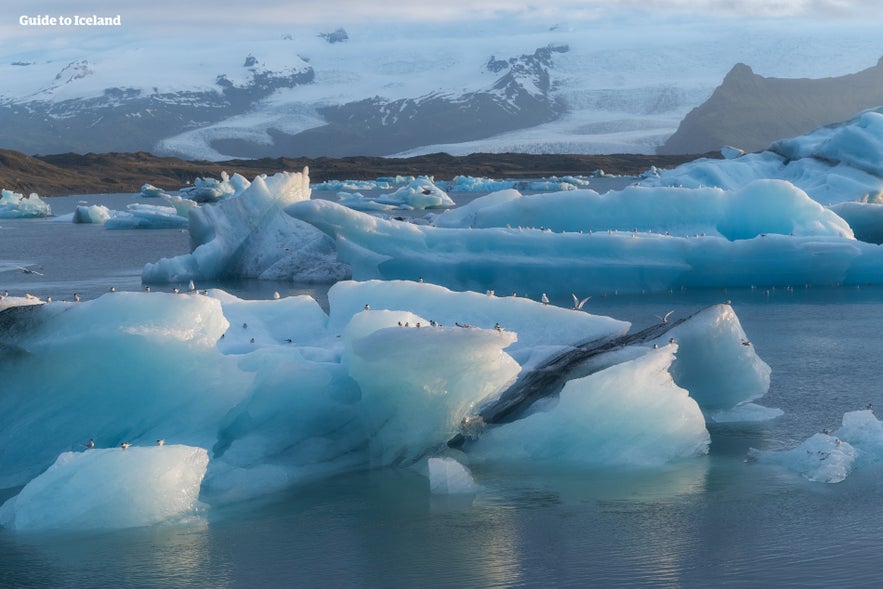
If you are travelling without a guide for multiple days, by, for example, hiking across the Highlands, you will need to do a wealth of research to ensure your travels are safe beforehand. This includes planning your route thoroughly, bringing all safety equipment and supplies, having a radio phone, and registering your plans on safetravel.is.
You also need to know the region you are going to well; you hardly want to be hiking around Mýrdalsjökull glacier when the volcano beneath it, Katla, is planning an eruption, or through highland flood-plains after a heavy rain.
Finally, the most important aspect of safe travelling through Iceland’s nature is to dress appropriately. The conditions in the country, even in summer, are unpredictable, so you will always want warm, waterproof layers and sturdy boots. In winter, you will also want thermal layers, hats, gloves, scarves and thick woollen socks, even to walk around town.
There is a saying here that ‘if you don’t like the weather in Iceland, wait five minutes’, so do not let yourself get caught out in freezing conditions just because the sky was clear when you woke up.
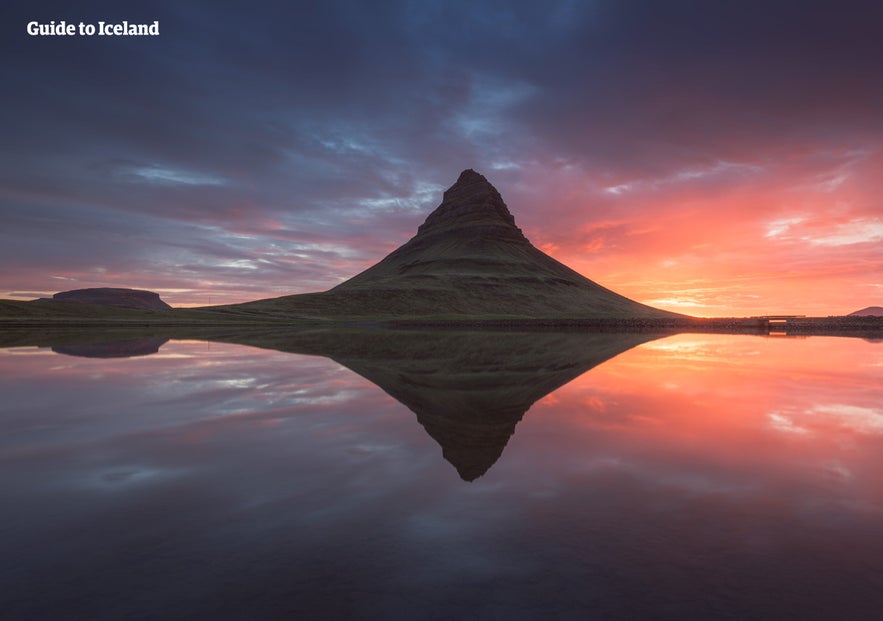
To conclude, Iceland is a perfectly safe destination to travel to, so long as you use your common sense, pay attention to warnings, and keep your senses about you. Whether you plan on heading into the Highlands or spending a weekend partying in Reykjavík, keep safe while doing so and you are sure to have a blast of a holiday.
더 많은 흥미로운 게시글

아이슬란드 지역별 추천 숙소 및 안내
지금부터 자세한 여행안내와 함께 아이슬란드에서 머물기 좋은 최고의 숙소들을 소개해 드리려 합니다. 아이슬란드 여행 중에 묵을 호텔 및 숙소를 찾고 있다면, 혹은 겨울 여행에 가장 적합한 숙소나 오로라를 보기 가장 좋은 숙소가 궁금하시다면 아래의 글을 참조해 주시기 바랍니다. 아이슬란드 지역별로 이용하기 좋은 숙소와 최적의 이용 시기에 관해 설명해 드리겠...더 보기아이슬란드 배낭여행 팁!
혹독하고 한 치 앞을 알 수 없고, 아름답고 고요한 아이슬란드는 황홀한 만큼 냉혹한 나라입니다. 배낭여행을 처음 하시는 분이건 자주 다니시는 분이건 지금 알려드리는 팁은 여러분의 안전과 행복, 그리고 좋은 아이슬란드 여행을 보장해 드릴 것입니다. 아이슬란드에서 하이킹 하기도 알아보세요 갈 곳을 알고, 여러분의 역량을 알아야 합니다. 아이슬란드는 배...더 보기아이슬란드에서 추천할 점!
아이슬란드에서 추천하실 점들에 대해 말해주세요. 아이슬란드를 방문하면서 가장 아름다웠던 곳은 어디였고, 어떤 모험이 가장 즐거웠나요? 가장 맛있었던 식당은 어디였고 가장 좋은 숙소는 어디였나요? 로드 트립을 떠나셨다면 어떤 새로운 장소를 발견하셨나요? 만약 일정을 짜시기 위해 도움이 필요하시다면, 저희에게 보고 싶은 것, 하고 싶은 것을 이야기해...더 보기

아이슬란드 최대의 여행 마켓플레이스를 전화에 다운로드하여 전체 여행을 한 곳에서 관리하세요
전화 카메라로 이 QR 코드를 스캔하고 표시되는 링크를 누르면 아이슬란드 최대의 여행 마켓플레이스를 주머니에 넣을 수 있답니다. 다운로드 링크가 포함된 SMS 또는 이메일을 받으려면 전화번호 또는 이메일 주소를 추가하세요.




















